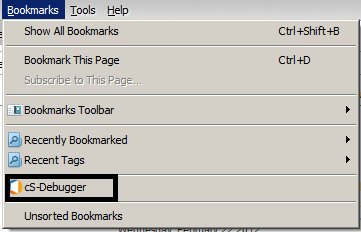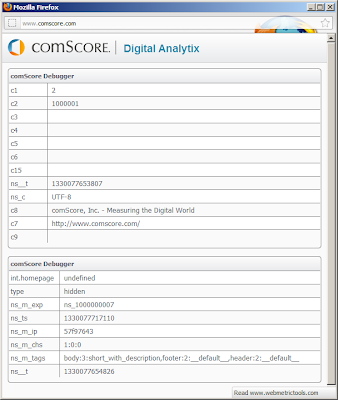Lets look at the findings of the Challenger Sales model before diving deep.
Finding #1: The model classifies the sales execs in the following five types:
- The Hard Worker
- Always willing to go extra mile
- Doesn't give up easily
- Self-motivated
- Interested in feedback and development
- The Challenger
- Always has a different view of the world
- Understand the customer's business
- Loves to debate
- Pushes the customer
- The Relationship Builder
- Builds strong advocates in customer organization
- Generous in giving time to help others
- Gets along with everyone
- The Lone Wolf
- Follows own instincts
- Self assured
- Difficult to control
- The Reactive Problem Solver
- Reliably respond to internal and external stakeholders
- Ensures that all problems are solved
- Detailed oriented
Finding #2: One clear winner, one clear loser
When the numbers are compared challenger salesperson win by a landslide. The challenger sales person focus on building constructive tension in customer interaction to push the customer of his control zone. The challenger's do the following things very well:
- Teach
- Tailor
- Assert Control
Pillars of Challenger Sales Model:
- Teaching for differentiation: Teaching is all about offering customers unique perspectives on their business and communicating those perspectives with passion and precision in a way that draws the customer into the conversation. These new perspective apply not to the product and solutions, but to how the customer can compete more effectively in their market. Its insight they can use to free up operating expenses, penetrate new markets and reduce risk
- Tailoring for resonance: Tailoring relies on reps knowledge of specific business priorities of whomever he or she is talking to. The specific outcomes that particular person values most, the results they're on the hook to deliver for their company, and the various economic drivers most likely to affect those outcomes.In a time when consensus is more important than ever to get the deal done, it is no surprise that the rep who wins in this environment is the one who can effectively tailor the message to wide range of customer stakeholders in order to build that consensus
- Take control of the sale: When the topic of price comes up, a powerful technique is for the sales professional to shift the discussion from price to value. The value of customer offering in order of importance. This sometimes enables the customer to see the offering in a different light; these new insights are very useful to both the sales professional and the customer as they think about the value.
In my following posts I will have my cheat sheets for what could possibly help me become a challenger sales person.







